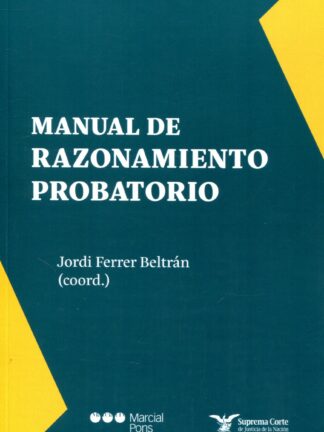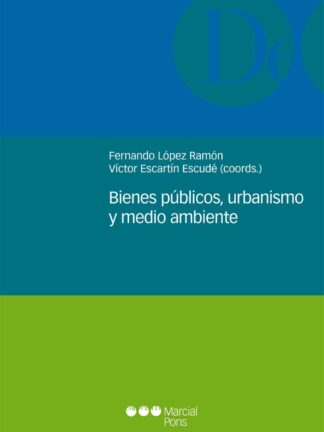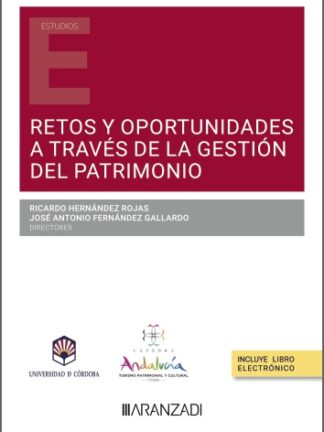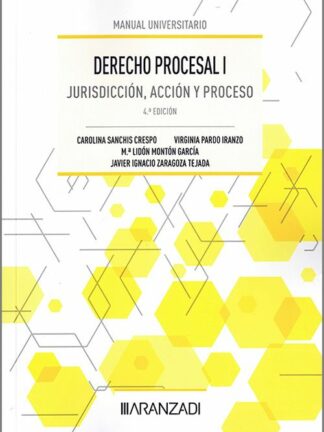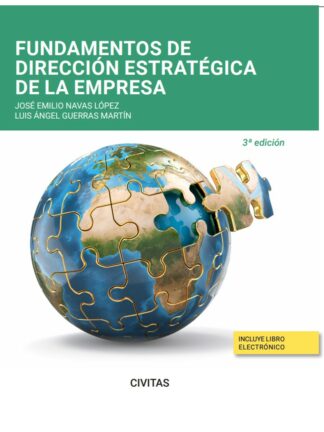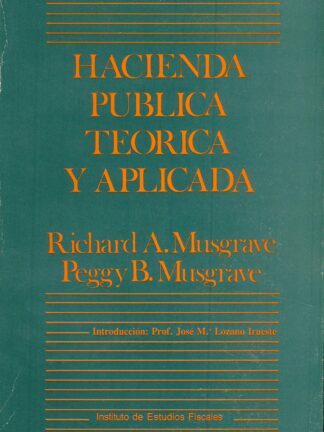Descripción
As opposed to the traditional law enforcement and immigration control perspective, the «human rights-based approach» (HRBA) to human trafficking puts the rights of trafficked persons at the centre of anti-trafficking strategies. What does this approach effectively mean and require? Is it sufficiently reflected in the current international law regime? Do international judicial and non-judicial bodies effectively contribute to its development? After identifying the constitutive elements of this approach as initially developed within the UN in the context of development cooperation and then applied to trafficking, this book examines whether the HRBA is properly reflected in the key elements of the victim protection regime: identification, protection, assistance, right to remain and repatriation. It provides a detailed analysis of the extent to which international instruments and international bodies’ pronouncements truly integrate this approach.
The author highlights the good practices but also the existing dysfunctions in universal and regional instruments and case law and in States’ practice, which often result not only in the lack of adequate
protection for victims, but also in the ineffectiveness of anti-trafficking policies. She also highlights the major contributions of a HRBA, which include how this approach broadens and clarifies
the scope States’ obligations in this area, and its key role as a cross cutting paradigm of international law that contributes to the convergence of separate international law regimes.
AGRADECIMIENTOS
PRÓLOGO
INTRODUCCIÓN
- Contextualización
- Objeto de investigación-hipótesis
- Metodología
- Estructura expositiva
PARTE GENERAL
FUNDAMENTOS, HERRAMIENTAS Y LÍMITES A LA ACTIVIDAD LOCAL PARA LA LUCHA CONTRA EL CAMBIO CLIMÁTICO
- Planteamiento de la cuestión
- Bases conceptuales
- Respuestas gubernativas a la problemática
- Respuestas gubernativas a la problemática del cambio climático a nivel local
- Principales obstáculos y límites jurídico-constitucionales a la creación y aplicación efectiva de una política local frente al cambio climático
PARTE ESPECIAL
CAPÍTULO I
PARTE A
POLÍTICAS Y TÉCNICAS JURÍDICAS LOCALES DE ORDENACIÓN URBANÍSTICA. HACIA UN MODELO DE PLANEAMIENTO URBANÍSTICO FILOCLIMÁTICO
- Comprensión de la interconexión entre la actividad urbanística municipal y el fenómeno del cambio climático
- Objeto de estudio y estructura expositiva
- Políticas públicas para el establecimiento de un modelo urbanístico municipal respetuoso con el clima
- La interacción entre la política pública urbanística municipal y el Derecho urbanístico desde la perspectiva climática
- El clima como objeto de regulación del Derecho urbanístico (Bien de interés jurídico)
- Competencias locales para la ordenación urbanística filoclimática de las ciudades
- Técnicas jurídicas para la construcción o conversión del planeamiento urbanístico en un instrumento de política urbanística filoclimática local
CAPÍTULO 1
PARTE B
PLANEAMIENTO URBANÍSTICO FILOCLIMÁTICO Y DERECHO DE PROPIEDAD: POSIBILIDADES Y LÍMITES
- Planteamiento de la cuestión
- La configuración filoclimática del Derecho de propiedad: posibilidades y límites
CAPÍTULO II. CAMBIO CLIMÁTICO, ENERGÍA E INSTRUMENTOS JURÍDICO-LOCALES
- Estado de la cuestión y objeto de estudio
- Pilares y herramientas de las políticas públicas energéticas locales: fomento de las energías renovables y de la eficiencia energética
- Aproximación general a las competencias locales y fundamentos normativos en materia de energías renovables y eficiencia energética
- Instrumentos jurídico-locales en materia de energía para la reducción de GEI
CAPÍTULO III. LA ORDENACIÓN FILOCLIMÁTICA LOCAL DE LA MOVILIDAD URBANA
- Aproximación general a la cuestión
- Objeto de estudio y estructura expositiva
- La ordenación filoclimática local de la movilidad urbana como elemento integrante del concepto de “movilidad urbana sostenible”
- Las competencias locales para la ordenación filoclimática de la movilidad urbana
- Instrumentos de ordenación filoclimática local de la movilidad
- Cuestiones constitucionales relativas al alcance de la ordenación filoclimática local de la movilidad
BIBLIOGRAFÍA
Sofía Simou, Profesora Ayudante de Derecho Administrativo y Secretaria académica del Instituto de Derecho Local de la UAM


